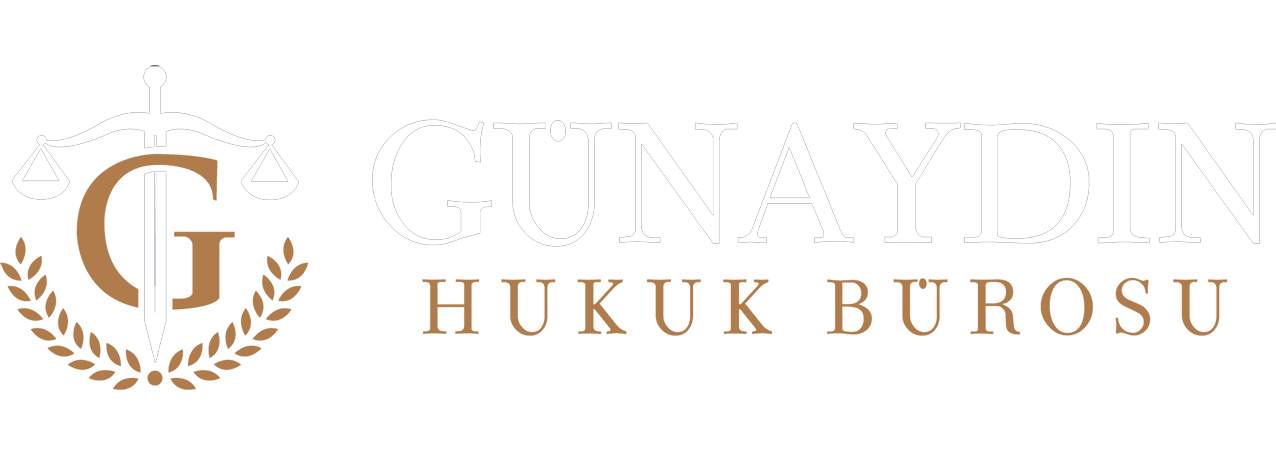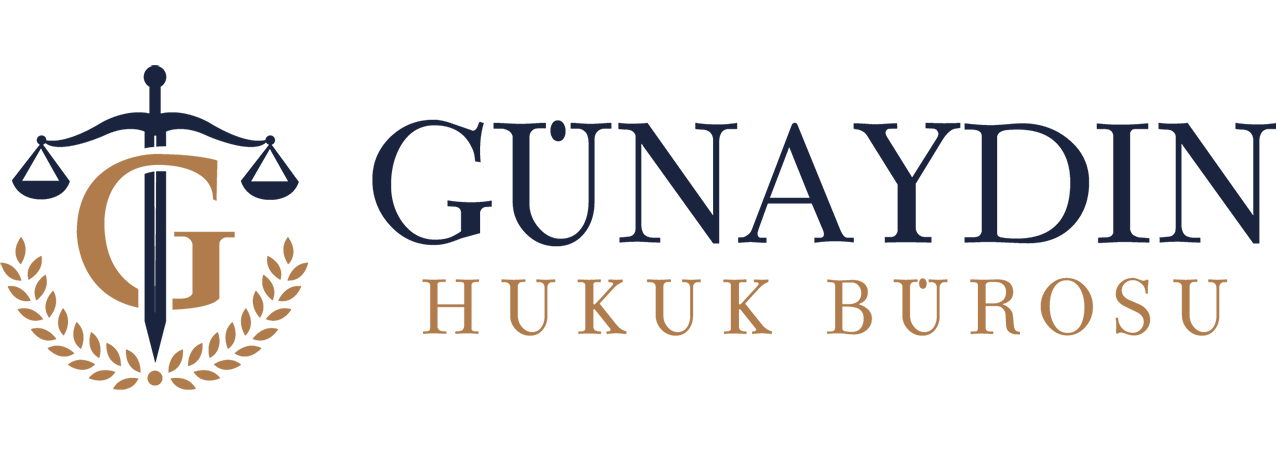Social Media Law Comprehensive Analysis: Defamation, Threat, Slander and Privacy Offences
Social media platforms have become huge public spaces where billions of people communicate, express their opinions and share their lives. Although these platforms play an important role in the exercise of freedom of expression, they are not a “legal vacuum” or a “rule-free zone”. Every post, comment or like made by hiding behind the keyboard may have legal and criminal consequences, just like in real life. The Turkish Criminal Code (TCK) has subjected offences such as insult, threat and slander, which target personal rights, to a more severe sanction through social media due to the “publicity” element of the offence. Many users are unaware of the potential legal consequences of their posts. In this article, we will examine in detail the most common types of offences on social media, the approach of the Court of Cassation on this issue, the nature of digital evidence, and the steps you should take if you are the victim or accused of such an offence.
1. Offence of Defamation (Art. 125 TPC):
- Definition: Attacking the honour, honour and dignity of a person by attributing a concrete act or fact that may offend the honour, honour and dignity of a person (for example, “Person A is a thief”) or by swearing (swearing, derogatory adjectives).
- Committed on Social Media (Qualified State): Article 125/2 of the TPC stipulates that if the insult is committed “publicly”, the penalty will be increased by one-sixth. The Court of Cassation accepts that the element of “publicity” is realised due to the possibility of more than one person seeing the post made from a public social media profile.
- Limits of the Right to Criticism: Freedom of expression and the right to criticise draw the boundaries of the offence of defamation. Criticism should not target the person, but the action, idea or work of the person. Rude, hurtful and insulting expressions exceed the limit of criticism and constitute the offence of defamation. Although politicians and public figures in particular have to endure more severe criticism due to their profession, this does not mean that their personal rights are completely unprotected.
- Examples: While expressions such as “idiot”, “dishonourable”, “immoral” constitute the crime of direct insult, expressions such as “incompetent manager” may remain within the scope of criticism.
2. Threat Offence (Article 106 of the TPC):
- Definition: To seriously intimidate another person with the bet that he/she will commit an attack on his/her or his/her relative’s life, body or sexual inviolability. Threats against assets are also within the scope of the offence.
- Committing on Social Media: It can be committed with a message sent via social media (“I will find you and kill you”) or a comment made (“You will never enter that street again”). It is sufficient for the threat to be serious and frightening, i.e. to disturb the victim’s peace of mind. It does not matter whether the perpetrator has the power to carry out the threat or not.
- Threats made through anonymous accounts: Threats made by the perpetrator by hiding his/her identity (through fake or anonymous accounts) is a qualified form of the offence and requires a heavier penalty (Art. 106/2-c of the TPC).
3. Violation of the Privacy of Private Life (Article 134 of the TPC):
- Definition: Recording or disclosing (publishing) images or sounds related to the private life of persons without their consent. Private life includes not only the life of the person in his/her residence, but also all personal activities that are not open to the public and that he/she does not want to be known by others.
- Processing in Social Media:
- Posting a photo or video of a person on social media without their permission.
- Taking a screenshot of a private messaging (WhatsApp, DM, etc.) between two people and disclosing it on social media.
- Sharing sensitive information such as a person’s health information, sexual preferences without their consent.
- Reasons for Compliance with the Law: Within the scope of freedom of the press, there may be conflicts with the right to privacy in events that are of public interest and newsworthy. However, even in this case, the news must be in accordance with the apparent truth, there must be public interest and the principle of proportionality must be observed.
4. Defamation Offence (Article 267 of the TPC):
- Definition: Attributing an unlawful act to a person in order to ensure that an investigation or prosecution is initiated or an administrative sanction is imposed on him/her, even though he/she knows that he/she has not committed the act, by filing a denunciation or complaint to the competent authorities or through the press and publication.
- Committing on Social Media: Spreading an unfounded allegation about a person on social media, such as “This person is a drug dealer, let the authorities do what is necessary”, may constitute the offence of slander. The difference from defamation is that in defamation, a concrete and unlawful act is imputed and there is an aim to confront the person with the judicial authorities.
Legal Responsibility of “Like”, “Retweet” and “Share”: The Court of Cassation accepts that the acts of “liking”, “retweeting” or “sharing” a criminal content show the will to adopt and disseminate that content. Therefore, such actions may be considered as participation in a crime (aiding or instigating) and may give rise to civil/criminal liability. Before sharing a content, it is of utmost importance to be sure of its accuracy and whether it constitutes an offence.
Evidence Collection and Due Process: These are the steps you should take when you are the victim of a crime committed on social media:
- Identify and Preserve Evidence: Immediately take a screenshot (with the URL and date visible) of the offending post, comment or message. If possible, having this content authenticated by a notary public increases the strength of the evidence.
- Identification of the perpetrator: Record the profile information, username and other distinguishing information of the account that made the post. If the account is fake or anonymous, the prosecutor’s office will try to identify the perpetrator through the IP address of the perpetrator through the anti-cybercrime units and by making a request to the relevant social media provider (Meta, Twitter, etc.).
- Complaint: Together with the evidence you have collected, file a complaint to the nearest police station, gendarmerie station or directly to the Chief Public Prosecutor’s Office. For offences such as defamation that are subject to complaint, you must file a complaint within 6 months from the date you learnt about the offence and the perpetrator.
While social media is an invaluable space for freedom of expression, this freedom is not unlimited and must be balanced with the obligation to respect the personal rights of others. A post made in a moment of anger or carelessness can result in severe civil and criminal penalties, high damages and a permanent criminal record. For this reason, every social media user should ask themselves questions such as “Does this statement contain defamation?”, “Does this information violate the right to privacy?”, “Does this post unfairly accuse someone?” before sharing, commenting or liking a content. In this age where our digital footprints are permanent, acting in accordance with the law and ethical rules in cyberspace is a necessity for both individual and social peace.

